Why is the continuous measurement of water quality so important?
In a world where water quality is vital to public health, industrial efficiency, and environmental protection, accurate and continuous monitoring is more important than ever.
Whether you’re operating a municipal utility, managing an industrial process, or supporting environmental research, the YSI Water Monitoring Panel offers a game-changing solution that combines precision, ease of use, and regulatory compliance assurance.
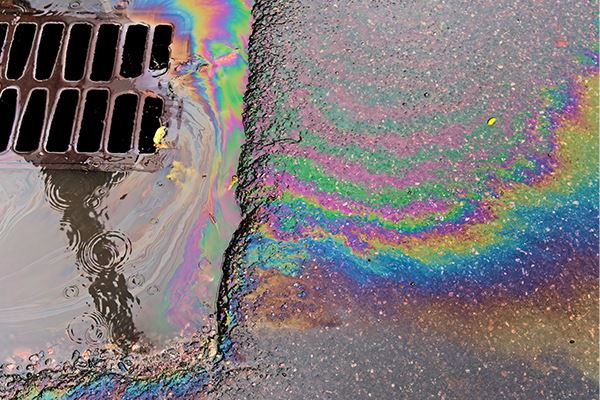
Contamination of source water
Two of the most critical points for deploying water monitoring panels are at the effluent of a municipal drinking water plant and throughout the distribution network. Continuous monitoring at these locations provides ongoing validation that water quality remains within the desired limits, both as it leaves the treatment facility and as it travels through the community.
By measuring key parameters in real-time, operators and municipal stakeholders can detect deviations immediately and respond swiftly to protect public health. Early detection of water quality issues enables quick corrective action, minimizing the risk of contamination and ensuring consistent delivery of safe drinking water.
Within the plant itself, continuous data offers operators peace of mind by confirming that treatment processes are functioning effectively and remain in compliance with regulatory standards. This real-time feedback allows for process optimization, fine-tuning chemical dosing, energy usage, and other variables to improve efficiency and reduce operational costs.
In industrial applications, water quality directly impacts product integrity and equipment longevity. By continuously monitoring parameters such as pH, conductivity, chlorine, and temperature, operators can ensure consistent batch quality while preventing issues like scaling, corrosion, and biofouling. This not only protects equipment but also reduces downtime and unplanned maintenance, driving greater process reliability and cost savings.
So, what makes the YSI Water Monitoring Panel the right solution?
At the core of the YSI Water Monitoring Panel is a powerful integration of the YSI IQ SensorNet system and the Intelligent Digital Sensor (IDS) platform. IQ SensorNet offers modular architecture, robust data collection, and an intuitive interface, making it a scalable and user-friendly platform that adapts as monitoring needs evolve. Paired with YSI’s IDS sensors, known for their smart technology, easy installation, and low-maintenance design, this combination delivers one of the most effective solutions for continuous water quality monitoring in municipal and industrial clean water applications.
Download the brochure or watch a video overview to learn more about the YSI Water Monitoring Panel.
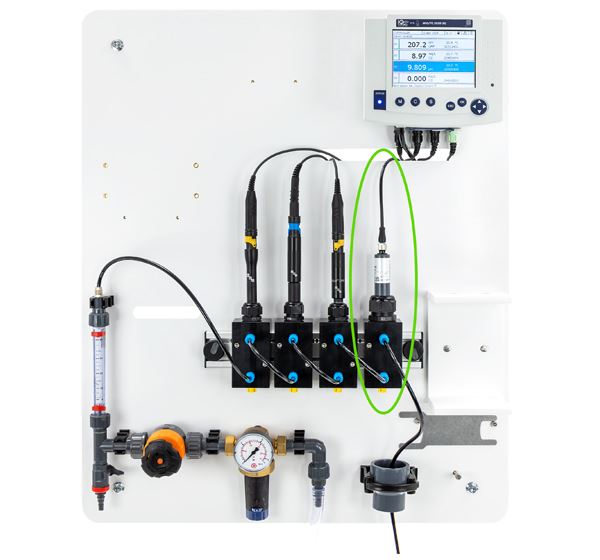
YSI Water Monitoring Panel diagram
The YSI Water Monitoring Panel is designed with the same modular philosophy as the IQ SensorNet system. Its modular flow-through cells allow operators to easily scale the system up or down as monitoring needs evolve, making it a truly adaptable solution for a variety of applications. All panel fittings are quick-connect or easily removable using the included onboard (dis)assembly tool, streamlining installation and upgrades.
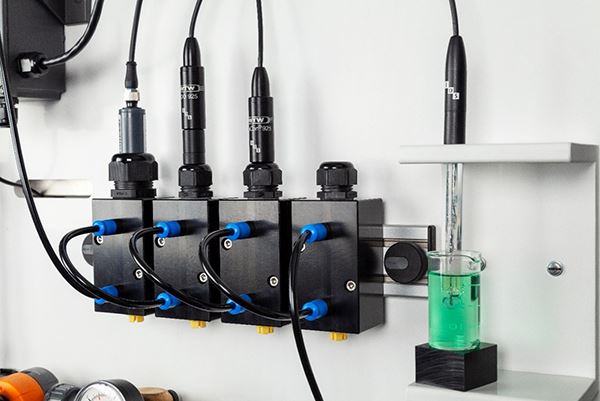
YSI Water Monitoring Panel flow cells and maintenance station
The integrated pressure reducer, dosage ball valve, and flow indicator work together to form a precise flow management system. This ensures optimal flow to the sensors for accurate measurements, with efficient operation possible at flow rates as low as 3 gallons per hour.
When it’s time for routine sensor maintenance, such as cleanings, calibrations, or consumable changes, a built-in maintenance station allows for fast and convenient service. This layout reduces downtime and ensures the panel remains online and delivers reliable data with minimal disruption.
Smart sensors seamlessly integrate with IQ SensorNet
At the heart of the YSI Water Monitoring Panel is the IQ SensorNet system, a platform purpose-built for real-time process management. Designed for seamless integration, it supports a wide range of industry-standard communication protocols, including 0/4–20 mA analog output, EtherNet/IP, Modbus, PROFIBUS, and PROFINET, making it compatible with virtually any SCADA system.
The system's modular design allows operators to stack expansion modules, enabling enhanced capabilities such as:
- Wireless communication
- Third-party sensor integration
- Backup controller functionality
- Additional relay outputs for advanced control logic
The central hub of this platform, the YSI 2020 3G controller/display unit, can manage up to 20 sensors from a single controller and can be easily removed from the module stack. This means one controller can operate multiple Water Monitoring Panels across an entire facility, streamlining control and reducing equipment costs.
Compatible Intelligent Digital Sensors (IDS)
In addition, the controller features onboard data logging, capable of storing up to 365,000 data points locally. Operators can easily extract this data using the built-in USB-A interface, enabling quick reporting and performance tracking.
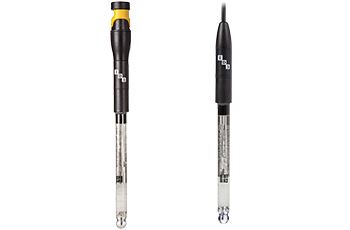 |
|
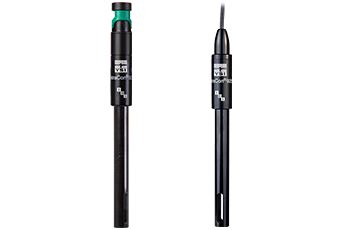 |
- IDS 4310W – Digital conductivity and temperature sensor, 4 electrodes (wireless)
- IDS 4310 – Digital conductivity and temperature sensor, 4 electrodes (fixed cable)
|
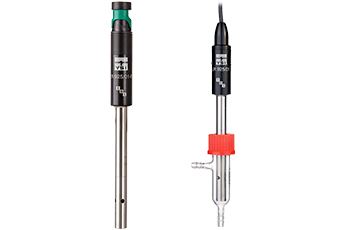 |
- IDS 4320W - Digital conductivity and temperature sensor, 2 electrodes (wireless)
- IDS 4320 – Digital conductivity and temperature sensor, 2 electrodes (fixed cable)
|
 |
- IDS FDO 4410W – Digital fluorescent dissolved oxygen and temperature sensor (wireless)
- IDS FDO 4410 – Digital fluorescent dissolved oxygen and temperature sensor (fixed cable)
|
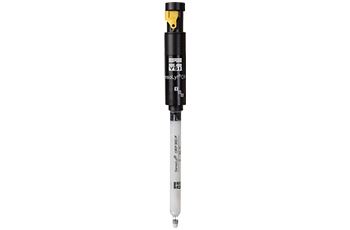 |
|
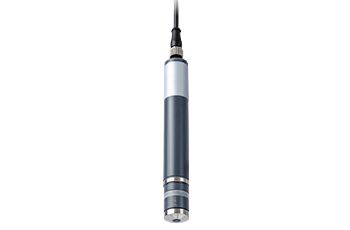 |
- FCML 412 M12-2 – Amperometric free chlorine sensor, 0-2 mg/L (detachable cable, sold separately)
- FCML 412 M12-20 – Amperometric free chlorine sensor, 0-20 mg/L (detachable cable, sold separately)
- TCML 412 M12-2 – Amperometric total chlorine sensor, 0-2 mg/L (detachable cable, sold separately)
|
As previously mentioned, the YSI Water Monitoring Panel features Intelligent Digital Sensors (IDS) capable of measuring a wide range of critical water quality parameters. When connected to the MIQ/IDS module, each sensor is automatically recognized by the IQ SensorNet controller, eliminating the need for manual configuration. The sensor connection is designed for simplicity, using an intuitive push-and-twist attachment, ensuring quick, secure, and error-free installation.
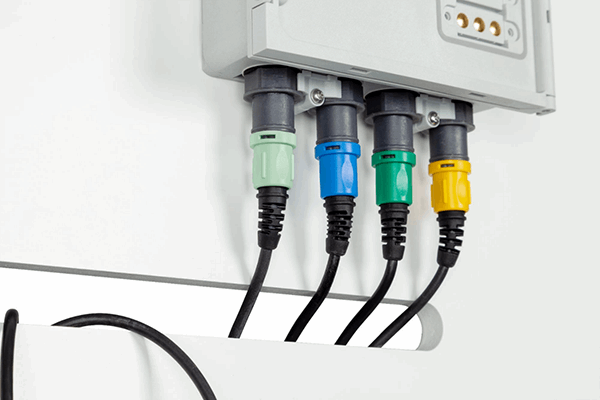
MIQ/IDS Module connection points
The measurements from these IDS sensors aren’t just for record-keeping; they’re actionable tools that enable real-time control, continuous monitoring, and operational optimization. Here is a breakdown of each core parameter and how it's used across both municipal water systems and industrial processes.
IDS parameters
Monitoring: pH and ORP (oxidation-reduction potential) are fundamental indicators of water chemistry. Monitoring them ensures that water stays within the desired chemical ranges.
Control: pH can be used as a control variable in dosing systems for lime, acids, or caustics to neutralize water. By fine-tuning pH/ORP, facilities can minimize chemical usage and prevent scaling or corrosion.
Municipal Example:
In a drinking water plant, maintaining proper pH during the coagulation process ensures effective particle removal and downstream disinfection. ORP is also monitored at the effluent to confirm adequate oxidative disinfection (e.g., chlorine effectiveness).
Industrial Example:
In a food and beverage facility, pH is tightly controlled during cleaning-in-place (CIP) cycles to ensure effective sanitation without damaging equipment. In power generation, manufacturing, data centers, or any facility with large-scale HVAC systems, ORP values provide a real-time indication of the oxidizing potential in the system, primarily from chlorine, bromine, or other biocides. When ORP drops below a target threshold (e.g., 650–750 mV depending on the biocide), a controller triggers dosing pumps to add more disinfectant. Conversely, if ORP is too high, it can pause dosing to avoid over-chlorination, which could cause corrosion.
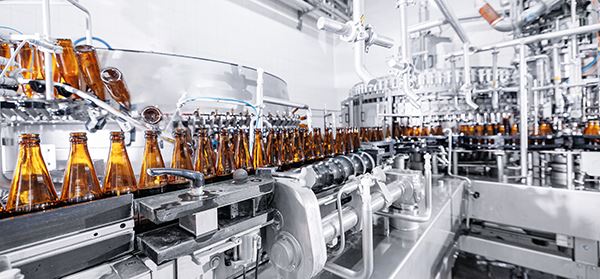
Industrial bottling plant
Monitoring: DO levels are continuously measured to ensure biological systems have sufficient oxygen to function.
Control: DO sensors feed data to automated blower or aerator systems to maintain setpoint levels. Optimizing aeration reduces energy consumption, which is often one of the highest operational costs.
Municipal Example:
Monitoring dissolved oxygen (DO) levels after filtration plays an important role in both water quality and infrastructure protection. Excessively high DO levels can accelerate corrosion in metal pipes within the distribution system, leading to leaks and the release of iron, manganese, or even lead from older infrastructure.
Conversely, water with too little DO may foster anaerobic conditions, contributing to unpleasant tastes, odors, and microbial activity.
DO monitoring is also essential for evaluating the performance of aeration systems used to strip unwanted gases like hydrogen sulfide or to oxidize iron. By continuously measuring DO at this stage, operators can better maintain chemical stability, enhance customer satisfaction, and protect system assets while ensuring compliance with regulatory standards.
Industrial Example:
In aquaculture and fish processing, DO is monitored to ensure the health of live fish and prevent spoilage during holding. It’s also used in brewery wastewater systems that rely on aerobic biological treatment.
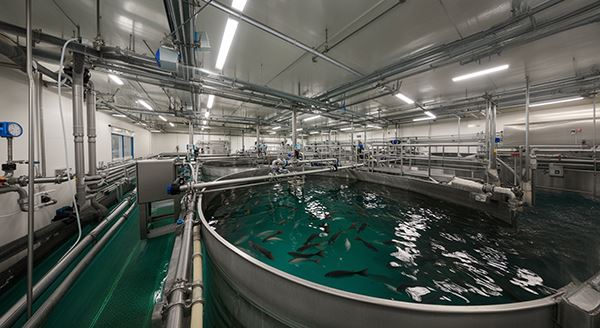
Aquaculture facility
Free and Total Chlorine
Monitoring: Both free and total chlorine levels are tracked to validate disinfection effectiveness and ensure public safety.
Control: Chlorine dosing pumps are often controlled using real-time sensor feedback to maintain residual targets. Feedback or feed-forward loops with online chlorine sensors help avoid overdosing, which saves on chemical costs and reduces harmful byproducts like trihalomethanes (THMs).
Municipal Example:
At the outlet of a drinking water plant, free chlorine is monitored to ensure a residual disinfectant is maintained throughout the distribution system. Total chlorine is measured in chloraminated systems.
Industrial Example:
In food processing, chlorine is used to disinfect rinse water or equipment. Real-time monitoring ensures safe contact levels and prevents product contamination. In cooling towers, it ensures biofilm control without excessive chlorine waste.
For more on chlorine, check out this blog: When to Measure Free Chlorine vs Total Chlorine | Expert Tips
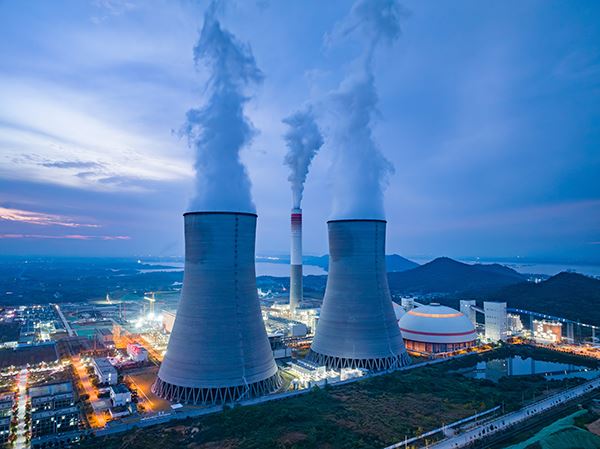
Thermal power station
Conductivity, Temperature, and Salinity
Monitoring: These parameters serve as early indicators of contamination, intrusion, or system imbalance.
Control: Conductivity and salinity can trigger alarms or initiate valve closures to isolate impacted sections of a system. Constant monitoring of these parameters helps operators detect leaks, optimize chemical dosing, and identify maintenance needs early.
Municipal Example:
In a distribution network, sudden spikes in conductivity can signal backflow or contamination from external sources. Temperature data helps validate seasonal changes in water chemistry and disinfection efficacy.
Industrial Example:
In semiconductor manufacturing or power plants, ultra-pure water systems require constant low-conductivity levels. Real-time monitoring prevents product defects or damage to sensitive equipment. In boilers, high conductivity triggers blowdown events to prevent scaling.
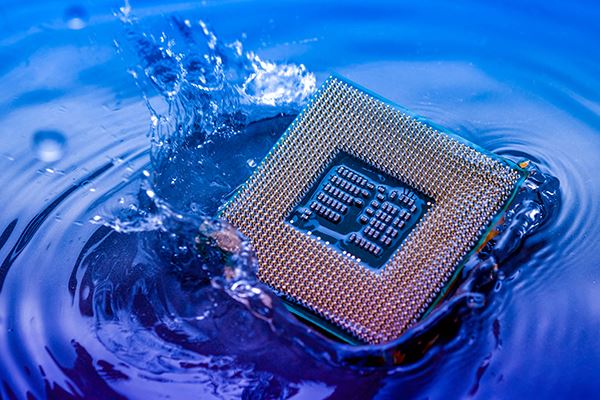
Semiconductor
Data That Drives Action
Each of these parameters plays a unique role in maintaining water quality, but their true power lies in continuous monitoring and integration with control systems. With the YSI Water Monitoring Panel, utilities and industries alike can move beyond reactive troubleshooting and into a world of predictive, optimized, and efficient operations.
If you're ready to elevate your water monitoring strategy, or still weighing your options, the best way to experience the benefits of the YSI Water Monitoring Panel is to see it in action.
______________________________________________________________________________
Contact us today to schedule a personalized demo and discover how this powerful, easy-to-use system can transform the way you manage water quality across your facility.
